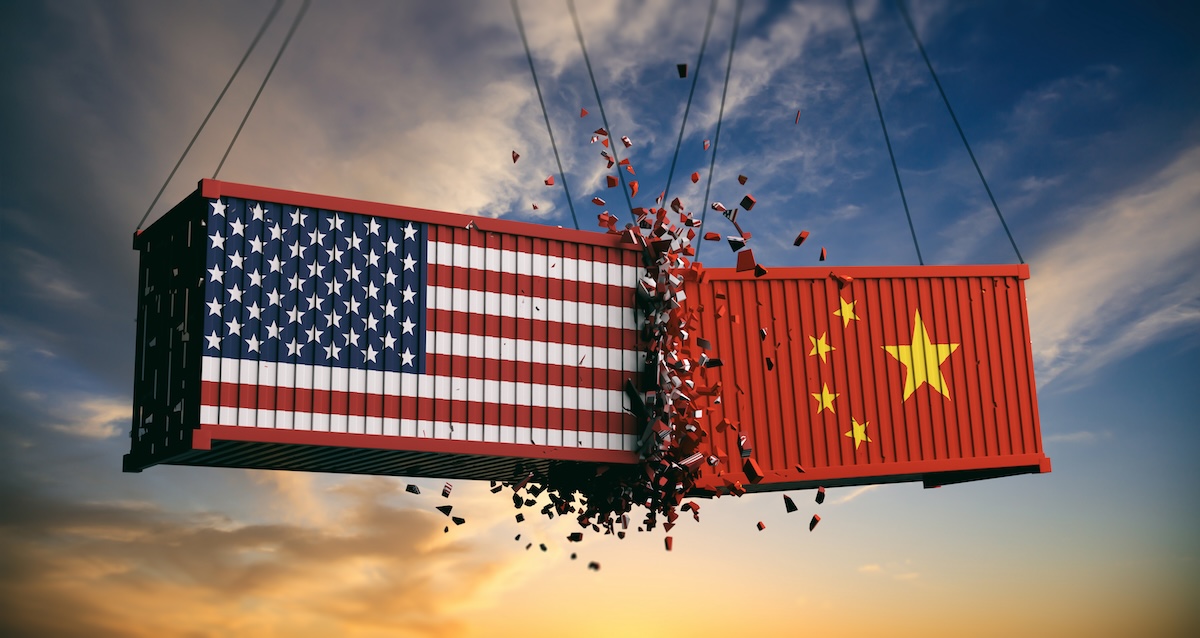Riding the Storm: Warren Buffett’s Timeless Wisdom in Volatile Markets
Riding the Storm: Warren Buffett’s Timeless Wisdom in Volatile Markets

The stock market has experienced significant turbulence recently, largely driven by political tensions and economic uncertainty. A sharp drop of 2.4% in the S&P 500 on Monday came after President Donald Trump’s continued criticism of Federal Reserve Chair Jerome Powell, even hinting at his possible removal if interest rates weren’t lowered. While such an action would be historically unprecedented and, according to Powell, illegal under existing legislation, the mere suggestion of it rattled investors. Market volatility persisted into Tuesday, with early gains of over 1.5%, though overall, the market remained nearly 14.5% below its February highs.
Experts caution that more instability is likely due to the unpredictable nature of current economic policies, particularly surrounding tariffs. As Robert Haworth of U.S. Bank put it, investors are grappling with an uncertain environment, where clarity is elusive. Amid this confusion, investing can feel daunting. That’s why Warren Buffett, legendary investor and chairman of Berkshire Hathaway, continues to champion his simple yet powerful strategy: “Be fearful when others are greedy, and be greedy when others are fearful.” This approach, rooted in long-term perspective, has guided him through decades of market cycles.
Fears that political interference could compromise the Federal Reserve’s independence, along with concerns over the economic impact of tariffs, have created a sense of unease. For those relying on investment income, such as recent retirees, these developments warrant careful discussion with financial advisors. However, Buffett’s focus remains firmly on the long haul. He advocates buying quality stocks at discounted prices during downturns, emphasizing that the market’s historical trajectory favors patient investors. Temporary setbacks, he argues, shouldn’t cloud confidence in the enduring strength of American businesses.
During the depths of the 2007–2009 financial crisis, when the S&P 500 plummeted over 50%, Buffett took bold action, shifting his personal holdings from bonds to stocks. His confidence paid off, as the economy eventually rebounded and markets hit new highs. While today’s investors aren’t in full panic mode yet, those following Buffett’s lead would continue to buy steadily, even as headlines grow more alarming. As he wrote in 2008, despite wars, recessions, and various crises, the Dow rose dramatically over the 20th century — a testament to the resilience of the market over time.
What's Your Reaction?











:format(webp)/cdn.vox-cdn.com/uploads/chorus_image/image/70136881/1347078605.0.jpg)







